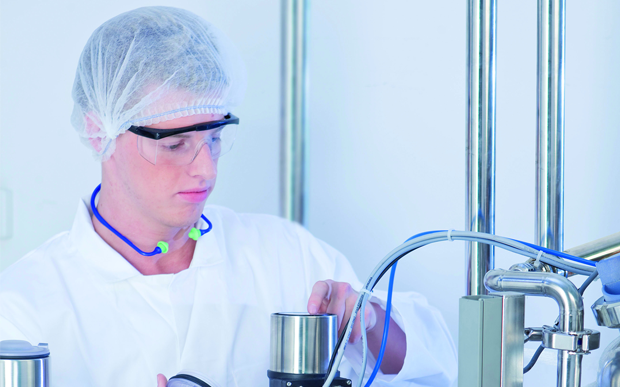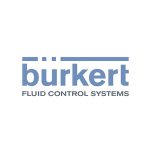Measuring pH in a food safe environment
One of the most important control parameters in food processing is pH. It determines everything from the physical and chemical reactions during food production, through to inhibiting the growth of pathogens. In this article, Ian Webster, Hygienic Processing Segment Manager at Bürkert, explains the most efficient methods of achieving accurate pH control.
Ever since we discovered cheese and alcohol, man has been controlling the acidity of food in order to create different products. With an extraordinarily detailed understanding of how pH can affect the look, taste and quality of a food product, we have now introduced precise pH control as part of general food processing and safety programmes.
What is a pH meter used for?
Every micro-organism has a minimum, optimum and maximum pH for growth. Yeasts and moulds for example can grow at low pH; 4.6 is generally considered the level that will prevent the growth and toxin production of pathogens. However, going too far can have detrimental effects of its own. It is therefore necessary to employ pH testers that measure with sufficient accuracy to ensure product quality and compliance with food safety regulations.
Monitoring of pH is also very important in the food production process, especially in dairy products. Milk is tested for impurities and signs of infection, while beer and wine producers rely on precise pH readings to determine the taste and quality of the final product. Finally, for automated cleaning procedures it is crucial to ensure correct pH levels are maintained in the hygiene management system.
Electronic pH meter selection
Selecting the most appropriate pH meter requires three main points to be considered: accuracy, calibration and electrodes. In terms of accuracy, commercial pH sensors have a range of accuracies but 0.01 units would be expected in continuous food processing systems, where the sensors can also be set-up to trigger warning signals that allow corrections to be made before the process is out of specification.
It is also important to ensure that measured pH values are calibrated to allow for the difference between the measured temperature and the reference temperature, which is normally 25°C. In this way, various pH readings can be directly compared without being affected by the temperature of the process.
Finally, glass diaphragm pH electrodes are used in a wide range of applications. They use a reference electrode, suspended in a buffer solution of pH7, that is compared to the measuring electrode. For more robust applications, single element electrodes – made from enamel-coated steel or a polymer that use pH sensitive coatings – are also available.
pH sensors from Bürkert
Bürkert uses a modular system that allows process engineers to build the most suitable pH sensing system, depending on the application. A variety of pH probes operate in varying conditions and media can be combined with PT1000 temperature sensors and connected to a transmitter/controller like the Type 8619 multiCELL. Combined with a choice of fittings and sealing materials, as well as EHEDG certification, the product range can be specified to suit most applications within the food industry.
Furthermore, Bürkert’s Type 8201 pH measuring system employs a hygienic, robust and glass-free design that can withstand high temperatures and can be sterilised in situ. In addition, the smooth enamel external surface of the probe inhibits the process medium from sticking to it and is very easy to clean.
By using industry standard signals, these pH sensors can either be integrated into an existing process control system or used in conjunction with other control components. This can provide localised feedback for a closed loop control system, for example to ensure the correct dosing of a product with pH sensors both before and after the process.
For more information about Bürkert’s complete range of pH measuring products, please visit www.burkert.co.uk or phone +44 (0) 1285 648720.
Get the latest process industry news
Interested in receiving even more industry-leading news from Process Industry Forum delivered directly to your inbox? Then sign up to our free newsletter. Bringing you the latest news, trends, innovations and opinion from across the process industry, our exclusive newsletter gives you all the industry insights of the moment in one, easy-to-digest bulletin. Stay ahead of the competition with regular process industry news instalments from PIF.


